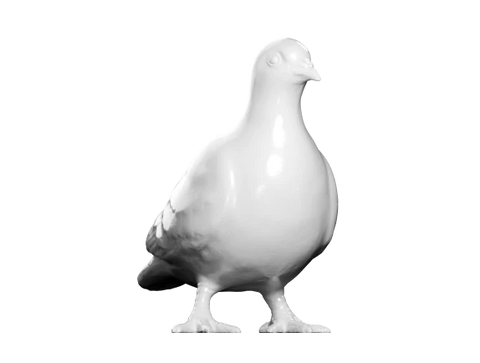Art display & care guide
Taking good care of your framed or canvas art at home will ensure the artwork you love lasts for years. Here are some helpful tips based on our customers' frequently asked questions.
How we print
Printed using the SwissQ print system: a state-of-the-art, large-format flatbed printer. Swiss-made, it’s fitted with low energy LED lights and cutting-edge UV printing processes, allowing us to print exceptionally precisely, reduce paper waste, and be more energy efficient. The inks used are vegan, VOC, NVC and TPO free.
What paper we use
Our fine art paper (250gsm) is ideal for museum-quality reproductions and gives a gently textured matt surface.
More about our frames
Grown in a temperate climate, the raw ash we use comes from sustainably-managed forests in North America, allowing it to mature slowly and achieve a consistent colour and grain. The frames are hand stained/or painted in our Sussex workshops. We use 90% UV-protected shatter-resistant acrylic glazing to preserve prints from light damage and bleaching. Cast acrylic is a high-quality material, offering many benefits including 92% optical clarity. Cast acrylic is also fully recyclable.
How to hang your art
Once you’ve decided where everything will go, measure your space and plan how to centre your artwork. Make a small pencil mark on the wall where you want your picture to sit (roughly at eye level) and another little mark for the nail (marking where the top of the tightened string will be).
Next, hammer the nail into the wall where you have made the marking for the nail and hang your art. Use a spirit level to ensure your picture is straight, and if you want, place wall mount tape on the back of the frame to keep it from sliding around.
Finally, step back and admire.
How to clean framed art
Before cleaning, remove the framed art from the wall and place it on a flat, stable surface. Gently clean or dust the frame with a soft cloth or brush. Avoid using chemical cleaning products on your frame.
To clean Perspex glazing, wipe gently using a clean, damp, non-abrasive cloth. Use either water or a mild Perspex cleaner to dampen the cloth, rather than applying the fluid onto the glazing itself.


